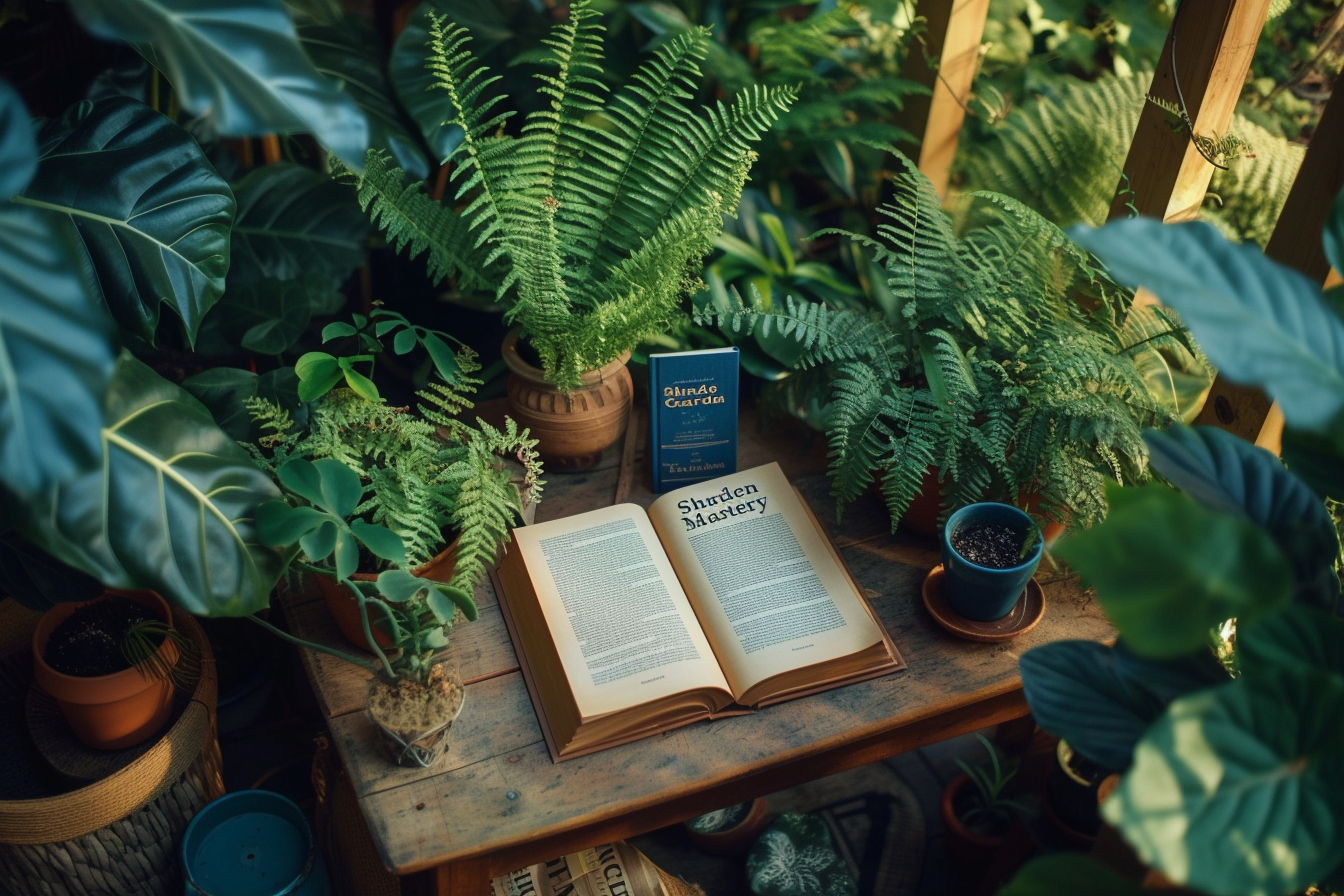Crafting a lush, verdant shade garden is a delightful challenge that offers many rewards. While sunlight is a key ingredient for most gardens, the cool tranquility of a shade garden provides a unique appeal. Understanding how to harness the peculiarities of shade can transform an uninspiring plot into a thriving oasis of plants.
Understanding shade
Before diving into the cultivation of shade-loving plants, one must appreciate the different types of shade. Dappled shade is the play of light through the leaves of trees, creating a patterned canopy. Partial shade denotes areas that are shaded for a portion of the day. Full shade, however, describes spaces that are devoid of direct sunlight for most of the day. Recognizing the subtle differences in shading will guide you in selecting the appropriate plants for your garden’s conditions.
Assessing your shade garden site
Surveying the area is your initial step. Observe the patterns of light and shadow throughout the day and across the seasons. Consider factors such as existing trees, buildings, and the angle of sunlight. Understanding these dynamics is critical for determining the plant palette that will flourish in your shade garden.
Soil considerations
Gardens in shaded areas often contend with unique soil conditions. The presence of large trees can lead to dry soil or a dense mat of roots, both of which can stifle garden plants. Start by improving the soil with organic matter, such as compost or well-rotted manure, to increase its fertility and water-holding capacity. A soil test can also reveal the pH level and nutrient makeup, allowing for precise amendments to meet the needs of your chosen plants.
Selecting shade-tolerant plants
Choosing the right plants is the cornerstone of a successful shade garden. Look for species known to thrive in low-light conditions. Hostas, ferns, and astilbes are steadfast favorites, but numerous other options exist, including:
- Bleeding Heart (Dicentra): Celebrated for its graceful, heart-shaped flowers.
- Lungwort (Pulmonaria): Known for its speckled foliage and delicate blooms.
- Japanese Anemone: Offers enchanting fall flowers.
- Hellebore: Resilient evergreens that provide winter interest.
Research plants that are not only shade-tolerant but also suited to your specific climate and soil conditions.
Planting strategy
Solid planning can elevate your shady retreat. Group plants according to their water and light requirements to create a cohesive ecosystem. Layering is a highly effective technique, positioning tall shrubs in the back with mid-sized perennials in the middle and ground covers in front. This approach forms a textured tapestry that adds depth to your garden.
Watering needs in the shade
It’s tempting to think shade gardens require less water, yet this isn’t necessarily true. The canopy overhead can intercept rainfall, keeping it from reaching your plants. Be mindful of your garden’s hydration needs and water consistently. Mulching can assist in retaining soil moisture while also suppressing weeds.
Fertilization and care
Shade gardens generally need less fertilizer than their sun-soaked counterparts. Over-fertilization can lead to leggy growth and a lack of flowers. Opt for a slow-release, balanced fertilizer to gently provide the nutrients your shade plants require. Regularly prune overhanging branches to control the amount of shade and maintain healthy air circulation.
Embracing color and texture
Do not assume shade gardens must lack color. Many plants boast vibrant flowers and foliage that stand out in low-light environments. Variegated leaves, for instance, can brighten dark areas. Incorporating plants with different textures, from the feathery fronds of ferns to the glossy leaves of shade-dwelling evergreens, creates visual interest even without prolific blooming.
The cooler, damper conditions of shade gardens can attract pests and disease. Vigilance is key to catching issues early. Select disease-resistant plant varieties and practice good hygiene, such as removing fallen leaves that could harbor fungi. Organic measures like neem oil can address pests while being kind to the environment.
Creating a focal point
Designing with a striking element in mind can draw the eye and anchor your shade garden. It could be a distinctive plant, a piece of sculpture, or a seating area. This focal point serves as the heart of your garden, around which all other elements revolve.
Seasonal planning
Strive for year-round interest by choosing plants that offer seasonal highlights—with autumn foliage, winter berries, or spring blooms. Bulbs are particularly well-suited for shade gardens, with many species like snowdrops and bluebells thriving under a canopy. They punctuate the garden calendar with bursts of color and texture.
Wildlife in the shade
Embrace the shade garden’s potential to become a sanctuary for wildlife. Many shade plants are excellent sources of nectar for pollinators, while dense foliage offers shelter for small creatures. By catering to the needs of local fauna, you enhance the ecological value of your space.
The serenity of water features
Consider introducing a water feature such as a small pond or fountain. The soothing sound of water can complement the tranquil atmosphere of a shade garden. Moreover, water features invite a host of beneficial insects and birds, enriching the garden’s biodiversity.
Garden pathways
Navigate through your garden with paths that blend seamlessly with the landscape. Use natural materials like mulch, bark, or decorative stones that impart an organic feel. Winding paths add a sense of mystery and encourage exploration, making each visit a discovery.
Collaborating with nature
Success in shade gardening often means cooperating with the existing natural conditions. Instead of aggressively modifying the site, find plants that are naturally predisposed to the environment you have to offer. This harmony leads to a healthier garden and less maintenance in the long run.
Mastering the art of shade gardening takes patience and creativity. Each step, from soil preparation to plant selection, is part of a deliberate process to build a living composition that thrives under the canopy. The cool, shadowed areas of your garden hold immense potential. With these tips at your disposal, your journey towards shade garden mastery is well on its way.


